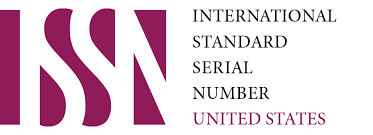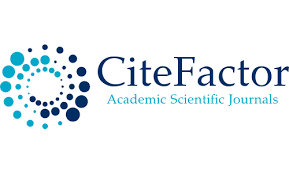"The main female characters in the novel "Vanity Fair» by William Thackeray
Keywords:
Vanity fair, Emilia Sedley, Rebecca sharp, ThackerayAbstract
The article presents the life of two women: Emily Sedley, as well as her friend and at the same time rival – Rebecca sharp. Describing the life path of each of the girls, Thackeray shows in his work, and in life as well, how cruel the confrontation of good and evil is. He recognizes not only good-nature, meekness, and love for one's close person, but also hypocrisy, self-interest, vanity, and selfishness, since they are inseparable from human life. In the novel" vanity Fair", good and evil are in a state of balance, neither force wins. Thus Thackeray makes the reader understand the following: as long as good and evil are engaged in a fierce struggle, life on earth continues
References
Maslova M. A., Pepelyaeva S. V. TYPOLOGY of FEMALE IMAGES IN the WORKS of W. THACKERAY // Modern problems of science and education. – 2015. – № 1-1.;
URL: http://www.science-education.ru/ru/article/view?id=19693 (date accessed: 06.01.2020).
Alexandrov N. N. V. Thackeray: His life and literary activity. - St. Petersburg: Tip. Yu. N. Ehrlich, 1891. - 78 p. — (Life of remarkable people: Biographical library of F. Pavlenko).
Axelrod A. S. Dickens-Thackeray the humorist and the satirist: proc. docl. on stud. konf. - Minsk, 1967.
Bushkanets I. N. " vanity fair" V. Thackeray in the first Russian translations / / Kazan, state pedagogical Institute. - 1976. - Issue 160.
http://19v-euro-lit.niv.ru/19v-euro-lit/articles-eng/sidorchenko-tekkerej.htm
Downloads
Published
Issue
Section
License

This work is licensed under a Creative Commons Attribution-NonCommercial 4.0 International License.
User Rights
Under the Creative Commons Attribution-NonCommercial 4.0 International (CC-BY-NC), the author (s) and users are free to share (copy, distribute and transmit the contribution).
Rights of Authors
Authors retain the following rights:
1. Copyright and other proprietary rights relating to the article, such as patent rights,
2. the right to use the substance of the article in future works, including lectures and books,
3. the right to reproduce the article for own purposes, provided the copies are not offered for sale,
4. the right to self-archive the article.












